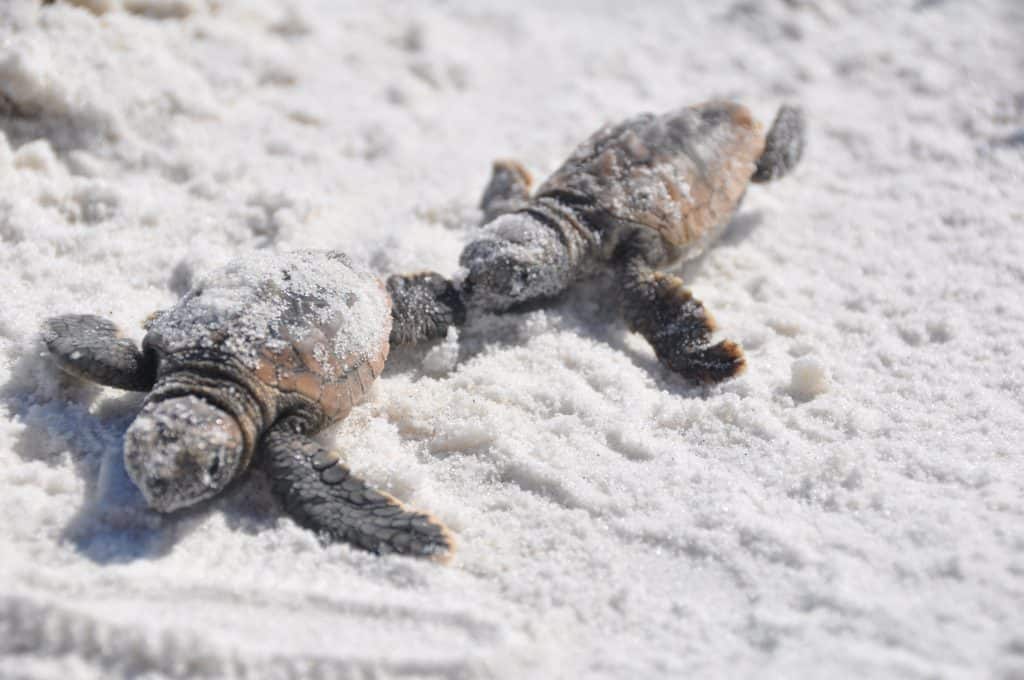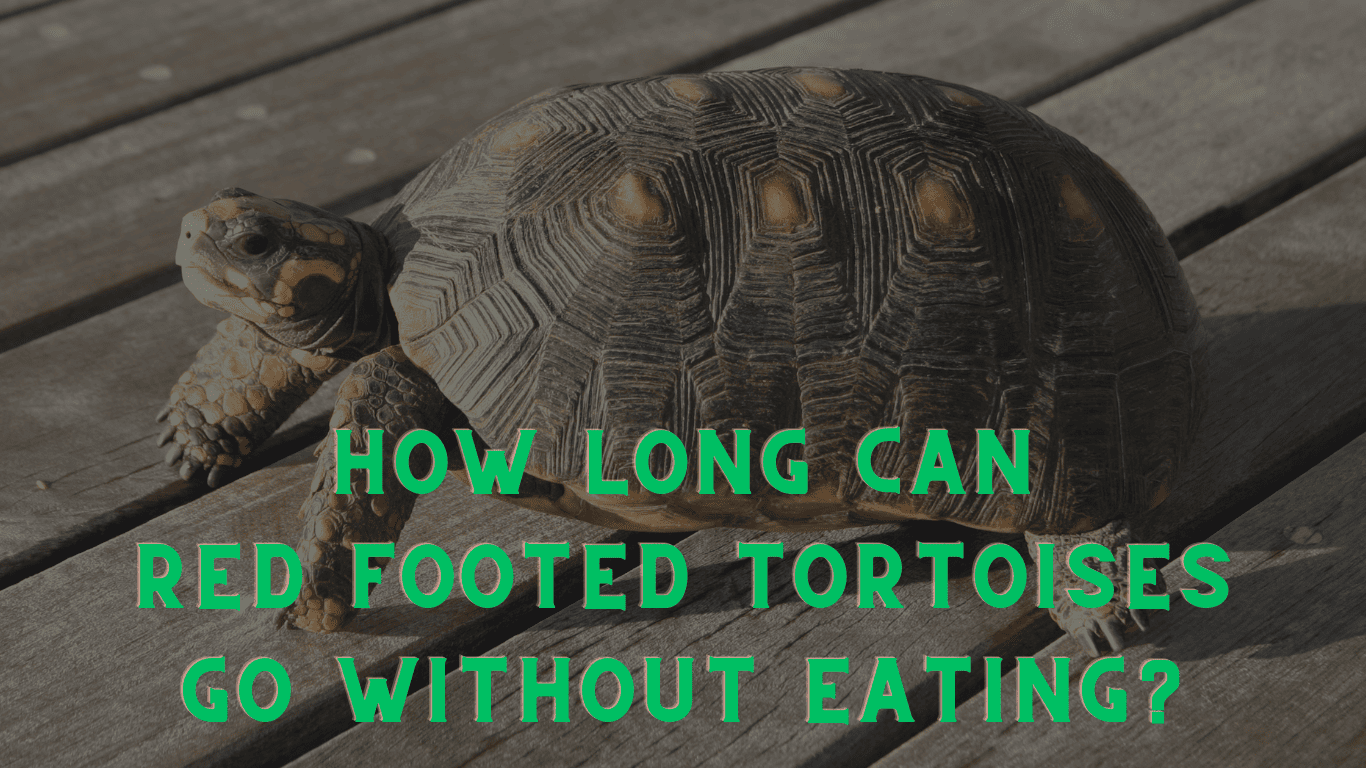Turtles are cold-blooded animals that do not generate their own body heat. This raises the question of whether turtles can get cold and how they cope with low temperatures. In this blog post, we will explore the answer to this question and discuss how turtles survive in cold weather.
Turtles do get cold, But they have natural adaptations to cope with low temperatures and winter. When the temperatures fall, they slow down their metabolism and become less active to conserve energy. Additionally, some species of turtles hibernate during the winter months to avoid extremely cold temperatures.
How Do Turtles Cope With Cold Temperatures?

Turtles have several ways of coping with cold temperatures. Some species migrate south for warmer climates while others hibernate in burrows or mud at the bottom of ponds or lakes.
Other turtles may bask in the sun on rocks or logs to warm up their bodies before entering the water again.
Lastly, some species of turtles have special adaptations such as thick shells or a layer of fat that help them stay warm in colder climates.
What Are The Effects Of Cold Weather On Turtles?
Cold weather can have both beneficial and detrimental effects on turtles. During the winter months when temperatures drop, many species of turtles hibernate as a way of conserving energy and keeping warm.
This helps them to survive the cold weather better than if they stayed active all winter. However, too much cold can also be dangerous for turtles since it may cause metabolic depression and other health problems.
In addition to hibernation, some types of turtles may also use burrows or shelters in order to protect themselves from extreme temperatures and wind chill. A turtle’s shell is an important part of its adaptation to the cold since it provides insulation that helps keep it warm by preventing heat loss.
Overall, cold weather has both positive and negative aspects for turtles. Hibernation allows them to conserve energy during harsh winter months, but it can also lead to health problems if the temperatures dip too low for too long.
In addition, their shells provide insulation from the cold but ultimately cannot protect them from extreme temperatures or frostbite in severe cases.
How Can I Help My Turtle Survive The Winter?
If you have a pet turtle that lives outdoors in temperate climates, there are several things you can do to help it survive through the winter months:
- Provide your turtle with access to sunlight by placing its enclosure near a window or outside during sunny days
- keep its water clean by changing it regularly
- provide extra food during colder months
- ensure that your turtle has access to an area where it can warm up if needed
- make sure that your turtle’s enclosure is secure from predators such as cats or raccoons that may try to take advantage of a vulnerable reptile during wintertime.
Conclusion
Generaly, turtles do get cold but they have natural adaptations such as migrating south for warmer climates, hibernating in burrows or mud at the bottom of ponds or lakes, basking in the sunlight on rocks or logs, having thick shells or layers of fat that help them stay warm in colder climates, etc., that allow them to cope with lower temperatures successfully without getting too cold or suffering from “cold-stunning” which could be fatal if left untreated for too long.
If you have a pet turtle living outdoors in temperate climates there are several things you can do to help it survive through the winter months such as providing access to sunlight and keeping its water clean etc., so make sure you take these steps if necessary!




Leave a Reply